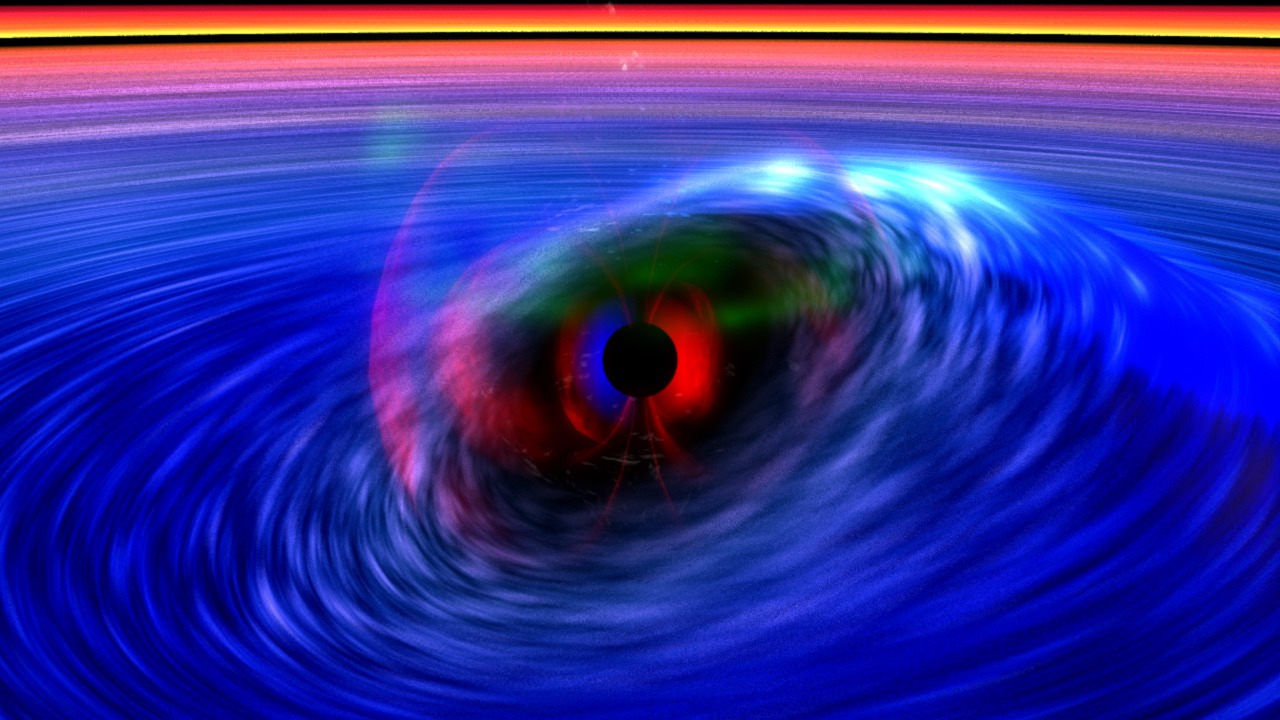Hunting Black Holes
Spotting black holes is tricky. Because they don’t give off light, astronomers have a difficult time pinpointing their location. But when a black hole gets close enough to an object, like a star, for example, and begins consuming the object's mass, the matter that pours into its gravitational clutches can get so hot that it glows and releases energy in the form of X-ray light. The most powerful X-rays are emitted from the hottest material swirling just outside the edge of the black hole. By observing this light with space telescopes, scientists can determine where black holes are hiding in the cosmos. Watch the video to see a black hole in action.

To find darkness, scientists search the universe for light.
Watch this animation to see a black hole feed on a nearby star.

Material stolen from the star forms a rotating disk that collects around the black hole.

As material spirals toward the black hole, it reaches temperatures of millions of degrees Fahrenheit and produces X-rays.

NASA's Swift spacecraft captured this image of X-rays coming from Sagittarius A*, the black hole at the center of the Milky Way.
Credits
Please give credit for this item to:
NASA's Goddard Space Flight Center
Sagittarius A* image courtesy of NASA/Swift/University of Michigan/N. Degenaar
-
Animator
- Dana Berry (Skyworks Digital)
-
Producer
- Michael McClare (HTSI)
-
Writer
- Matt Davenport (USRA)
Release date
This page was originally published on Tuesday, April 22, 2014.
This page was last updated on Wednesday, May 3, 2023 at 1:50 PM EDT.
